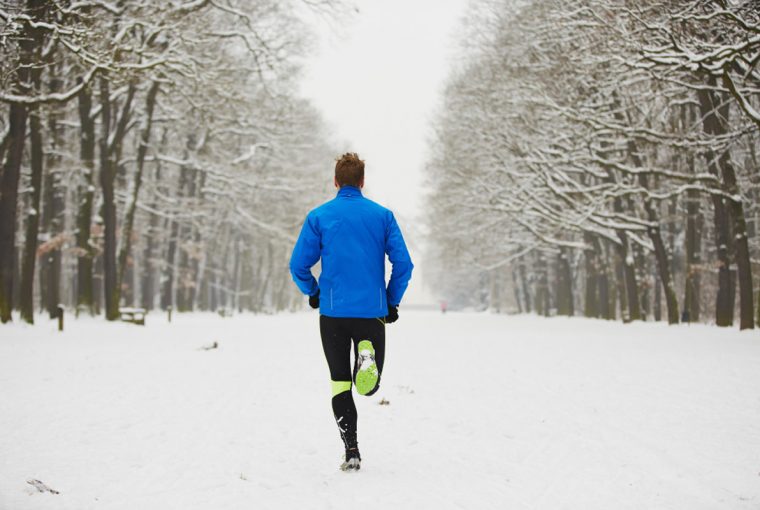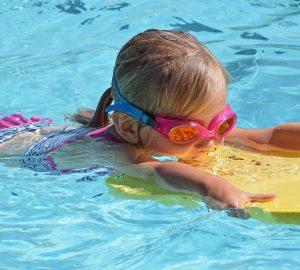Training for a holiday 5K? Simply trying to keep your outdoor running habit up during the fall and winter? Colder temperatures and shorter days can be hazardous to runners who don’t take the right precautions. Not only can slick, icy surfaces lead to injury, but hypothermia may set in quicker than you think.
When your core body temperature falls below 95 degrees, you will start to experience hypothermia. Symptoms might include disorientation, shivering, and shallow breathing; and if you don’t warm up quick, organ function will start to be impacted. You might think that you need to be outside in 0 (°C) weather for an extended time to feel the onset of hypothermia, but that couldn’t be further from the truth. Even moderately cold days combined with wet conditions (either wet clothes from sweating or moisture from snow or rain) and wind can have your body temperature dropping to dangerous levels fast.
Don’t miss these 6 important tips and best practices for cold weather running:
Wear Layers
Not only do layers help lock in heat when it comes to running in the cold, but the right kind can wick away moisture and help generate the warmth you require as your run picks up. Synthetic materials (not cotton) like you might find with running leggings and long-sleeve undershirts as well as wind-breaking pants or jackets you wear over them allow you the flexibility and range of motion you need when running, while helping you stay warm without overheating. Even runners who wear a sports knee brace can sport one over their winter running gear, like leggings or thermal underwear.
Protect Extremities
Covering your core with layers seems to help your internal temperature stay warm, but don’t forget about your extremities like the nose, ears, and fingers. These delicate body parts are often on the frontlines of heat loss and are most likely to experience frostbite first if not properly protected. Wear gloves, a hat, and possibly even a scarf when running in the cold, and rub petroleum jelly or a similar sweat-resistant moisturizer on lips and areas prone to chapping to help seal in heat and moisture.
Stay Hydrated
Cooler temperatures might have you sweating less, but staying hydrated is just as important during the summer. Fueling up with water before a run, and drinking plenty after a run helps to keep your body in balance and replace any critical water you might have lost. Running a long-distance road race? Make sure to avoid spilling or splashing water on yourself when stopping at water stations to rehydrate – it can make you feel colder when you pick back up.
Check the Forecast
Inclement weather can sneak up on you, and in the fall that can mean strong wind gusts that make the cold feel even colder. Avoid blustery surprises by adamantly checking the weather prior to a run. Apps like DarkSky aggregate hyperlocal forecast data to give you to-the-minute updates on temperatures and radar, even alerting you when inclement weather will begin.
Keep an Ear Out
Icy tree branches weighed down by recent snow storms or freezing rain tend to creak and crack before they fall, so leave the headphones at home and keep an ear out when winter running. Listening to your surroundings will help you gauge any hazards on the trail or road that you may be approaching.
Ensure You Are Visible
Shorter days means your evening run in November could very well be when the sun is setting. Ensure your safety from oncoming drivers by wearing bright running clothes, a reflective vest, or even a flashing headlamp. Same goes for cyclists riding at night. Your life can depend on whether drivers can see you, especially in more inclement driving conditions that result from winter weather.
It almost goes without saying that avoiding bad weather conditions when running is the smartest and safest way to avoid injury. Even if sidewalks seem clear of ice and snow, poor road conditions that affect the automobile drivers around you can still put you in danger. Consider cross-training with indoor activities like spinning, using rowing machines, or swimming to keep your workout routine in shape while avoiding cold weather hazards.




